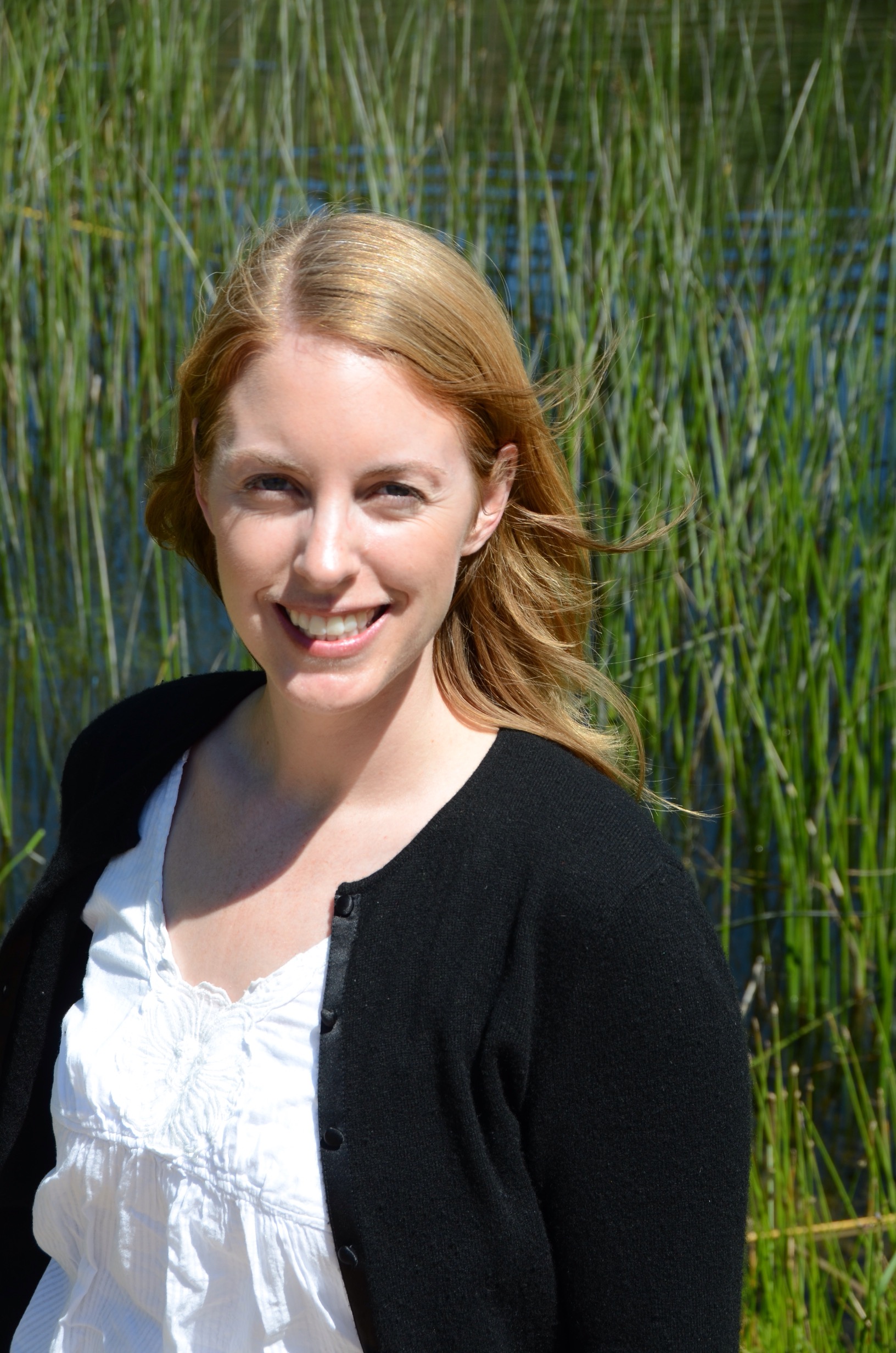The world of philanthropy—much like the business world—is redefining itself. After decades working on complex societal challenges like education reform and poverty alleviation, many philanthropists are frustrated that their efforts have not resulted in more successful social outcomes—what many call “moving the needle” in the right direction.
Getting to Large-Scale Social Change
But as we are well aware at PGS, trying to create large-scale social change is not easy work. Much of the philanthropy of the past (and in some cases today) has been driven by the personal beliefs of a small number of influential donors. Today there is a growing consensus among leaders in business, government, philanthropy, and civic communities that the most challenging social issues of our time cannot be addressed in unilateral fashion. No one can go it alone. Added to that is a growing awareness that philanthropic dollars are a drop in the bucket when compared with the potential capital contributions from government and business.
These awakenings have paved the way for what many are referring to as the need for collaborative philanthropy. There is a sense of excitement amongst many foundations for forming new networks and ways of working together. The challenge now is to figure out ways of working together that will lead to better societal outcomes, as well as more integrated approaches to how capital is deployed and evaluated in the social impact sector.
The F. B. Heron Foundation is a great example of this approach. It has completely shifted its strategy given the realization that achieving its goals will require economic reinvention, that labor markets and upward mobility are stagnant, and that poverty levels are at their highest since the US Census Bureau began tracking them over 50 years ago. It has committed to investing 100% of its endowment for mission, and it has broken down the typical firewall that exists between grant making and investing at foundations with a single capital deployment department. It is collaborating and sharing resources with other foundations that are curious about moving towards this model. Another example of this type of collaboration is the Living Cities Catalyst Fund, which several large foundations have co-invested in and which has resulted in $15 million in below-market rate loans made to organizations that connect under-served communities to mainstream markets.
My Internship Focus Area
I have seen and heard about these new forms of collaboration first hand thanks to my Betsy and Jesse Fink Foundation sponsored internship with Mission Investors Exchange this summer. The internship has given me an in-depth view of the field and a chance to hear how foundations are working to better align their investment dollars with their mission. The Mission Investors Exchange membership includes more than 200 foundations and mission investing organizations that use or are learning to use program-related investments (PRIs) and mission investing as a strategy to accomplish their philanthropic goals.
My primary project has been developing a resource to advance the field entitled, The Essential Elements of Mission Investing for Small-Staffed Foundations. The field guide is a collaborative effort between Mission Investors Exchange, Exponent Philanthropy, and Arabella Advisors, and its purpose is to provide a framework for small-staffed foundations to develop and implement a mission investing strategy that will advance their social goals.
While conducting interviews with representatives from small foundations, I have learned about the ways foundations have started to share information and collaborate with each other through the use of co-investments. I have explored the challenges foundations have in shifting to a mission investing strategy, how they are educating themselves, measuring impact, and strategies for working with their trustees. It is exciting to witness ways in which the culture of philanthropy is changing from one characterized by individualism and isolated investments to one of collaboration. The interviews will act as the basis for several case examples for the field guide which will illustrate the spectrum of mission investing opportunities, including asset classes, investment amounts, and impact areas. It will act as a vehicle to tell stories about lessons learned and perhaps even failed attempts along the way.
Lessons Learned from this Experience
Since my background is in branding/communications, and more recently Corporate Social Responsibility, the world of philanthropy and specifically mission investing was new to me apart from what I had learned in Finance and Capital Markets courses. Without having a formal background as an investment advisor or lawyer, there were times where I felt like a fish out of water. The technical terminology can be daunting, but one of my greatest takeaways from this experience is that you don’t have to be a finance expert or a lawyer to play an important role in this work. Given the magnitude of the challenges and the move towards collaborative action there is a need for people who can act as a facilitators and translators in the room to get everyone on board and moving in the same direction. I am so grateful to Melanie Audette, my supervisor at MIE, for her constant guidance and support. And to the entire team at Mission Investors Exchange and Philanthropy Northwest for making a California girl feel so welcome in the Pacific Northwest this summer.

